Figures & data
Figure 1. Inlet and outlet views of the pelvis were used to define the mid-pubic point. The inlet view is characterized by overlying superior and inferior pubic rami.
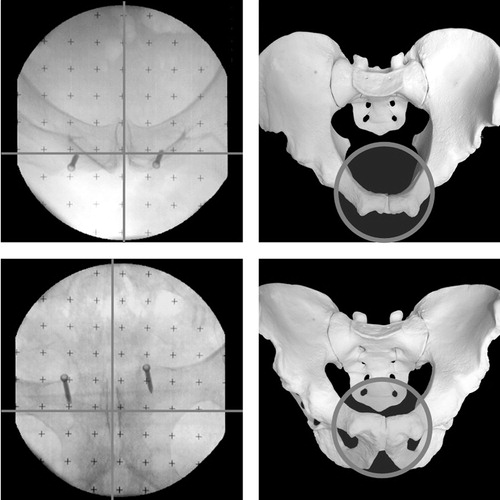
Figure 2. The two fluoroscopic views used to define the anterior superior iliac spines. A frontal view allows definition of the midpoint between the visceral and parietal compacta. A lateral view reveals the most prominent point of the spine.

Figure 3. The setup for the error analysis is shown. The cadaveric pelvis is fixed on a vacuum mattress with the APP in horizontal orientation. A tracked cup impactor is rigidly fixed to the table in a position of 15° of version and 40° of cup abduction relative to the APP. Different predefined scenarios for maldefinition of the iliac spines and the mid-pubic point were rehearsed, and the resulting cup orientation angles were displayed by the navigation system.
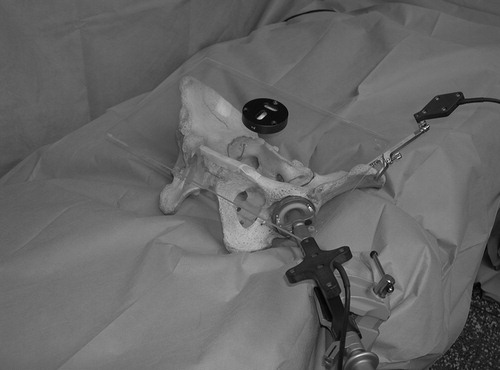
Figure 4. With the help of the fluoroscopy-based navigation system, a significantly higher number of cups were placed within the safe zone of 15 ± 10° of version and 40 ± 10° of abduction.
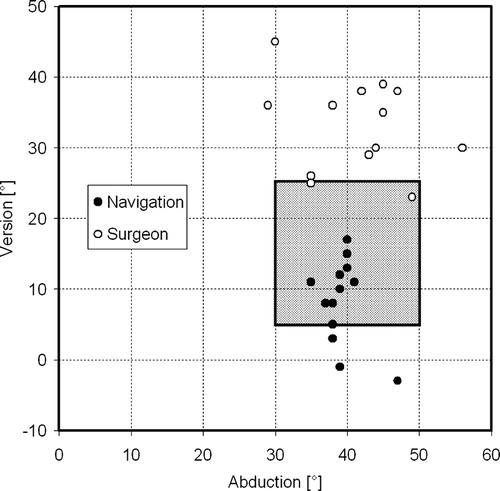
Figure 5. The anterior superior iliac spines could be registered with greater accuracy than the midpoint between the pubic tubercles.
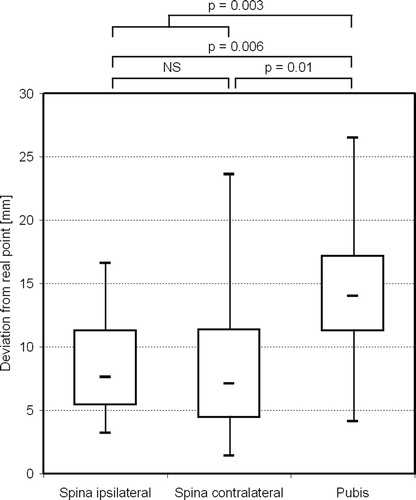
Figure 6. The influence of malregistration of the pelvic reference coordinate system is shown. The white spots represent the real bony landmarks (the anterior superior iliac spines and the pubic tubercles) of the APP. The resulting mean angle of a maldefined point is shown in the scatter diagrams, e.g., defining the pubis point too posteriorly (point 9) would lead to a more anteverted cup.
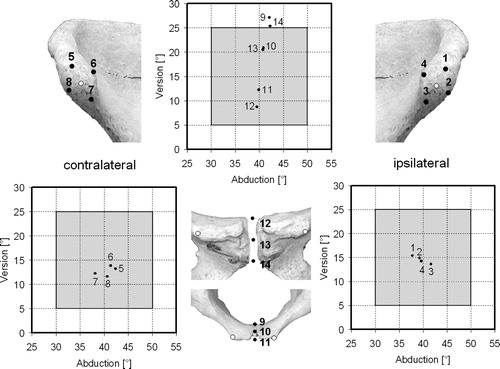
Table I. Resulting cup abduction and version angles with low landmark definition (starting orientation: 40° abduction, 15° version).
Figure 7. The inferior pubic ramus can simulate the pubic tubercle if the superior and inferior pubic rami are not correctly overlaid.
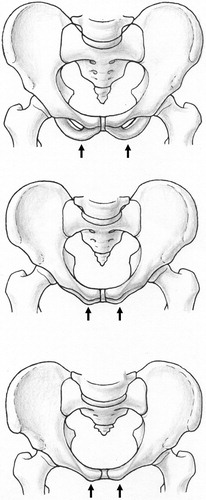
Table II. Reported accuracies of different navigation systems for THA.